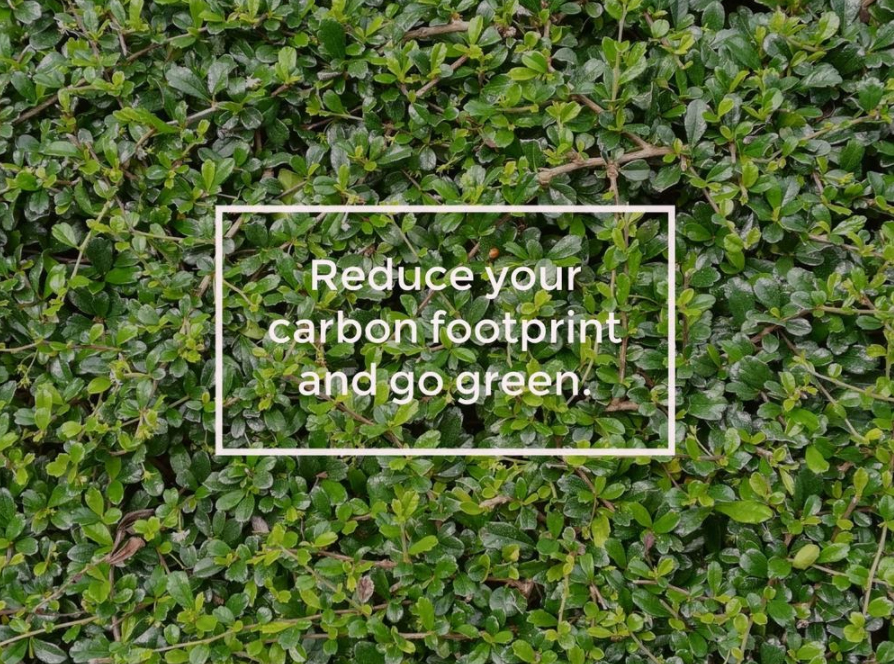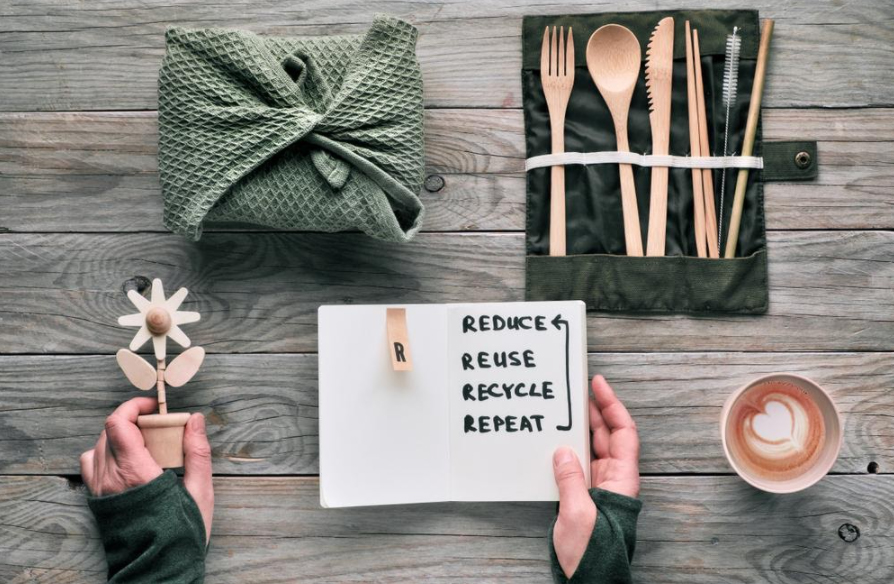
It’s no mystery that the Earth’s climate is changing. While climate deniers claim it’s natural for the Earth’s temperatures to warm over time, the rapid acceleration of forest fires, hurricanes, and polar ice caps melting beg to differ. Climate change is real and happening fast, which is why you may be wondering what you can do in your personal life to make our world a cleaner, greener space.
While a bulk of pollution comes from big corporations and governments failing to pass legislation to hold them accountable, everyday practices of humans contribute to the climate crisis as well. To ensure you’re doing your part to build a sustainable future, take a look at these four practical ways to reduce your carbon footprint.
1. Use public transportation
Driving to and from work, to a friend’s house, or any other destination, emits tons of pollutants, such as carbon monoxide, carbon dioxide, and nitrogen, into the air, which depletes the ozone layer and leads to warmer temperatures. When you multiply this by billions of drivers across the globe, it makes a serious impact.
By using public transportation, you’re splitting emissions between more than one person. This means fewer greenhouse gases will be emitted into the air. While it’s unrealistic to not drive at all, carpooling or taking public transportation a few times a week can add up over time and reduce your carbon footprint.
Other ways to reduce your carbon footprint while driving include:
- Investing in an electric car that doesn’t run on fossil fuels
- Keep your tires pumped to improve your fuel economy
- Drive efficiently by going easy on the gas and breaks
- Use cruise control on long drives
When you’re behind the wheel, think consciously of your actions to ensure you’re driving efficiently and cutting down on emissions.
2. Reduce plastic consumption
We’ve all heard of the massive plastic islands floating in the middle of the Pacific and Atlantic oceans. These islands formed from decades of dumping plastic into our public water streams, including rivers, lakes, and oceans. Over time, they collected out to sea forming expansive islands that are hurting marine ecosystems.

Reducing your plastic consumption is another great way to reduce your carbon footprint. You probably use more plastic than you think of, such as water bottles, disposable coffee cups, and tea bags. To reduce your plastic consumption, consider these tips:
- Use metal straws instead of plastic straws—or don’t use a straw at all
- Bring reusable grocery bags to the store
- Stop chewing gum (it’s made from plastic!)
- Buy products made from boxes rather than plastic, such as laundry detergent or milk
- Carry around a reusable water bottle
- Bring containers for take-out food and leftovers
3. Install solar panels
Your home might be one of the biggest pollutants in your life. After all, it takes a lot of resources and energy to keep your home heated in the winter and cool in the summer. Most homes still run on electricity generated from fossil fuels like coal. If you have the funds, consider transitioning your home to a renewable energy source like solar. To mitigate some of the costs, you may want to consider property assessed clean energy (PACE) funding. With PACE funding, you can pay for home upgrades that increase energy efficiency, such as installing solar panels, energy-efficient windows, and wind-resistant roofing.
4. Shop secondhand
One of the biggest trends of 2020 is ditching fast fashion. Fast fashion consists of large retail stores that produce cheap, trendy garments that often go out of style with the seasons. Notable fast fashion retailers include Forever 21, Zara, and H&M. While clothes and accessories from these stores are affordable and trendy, they’re extremely harmful to the environment.
As much as you might love these stores, it’s best to part ways and shop secondhand at thrift stores. The beauty of thrifting is that you can find one-of-a-kind pieces not found anywhere else, and reduce demand in the fast fashion industry. And if you really want to buy something new, look for sustainable clothing brands that only roll out new items a few times a year and in a limited quantity.
The bottom line
Reducing your carbon footprint might seem like a lot of effort. However, there are plenty of small lifestyle changes you can make to reduce the amount of emissions your actions emit into the air. From using public transportation to shopping secondhand, these are just some of the ways you can reduce your carbon footprint.


